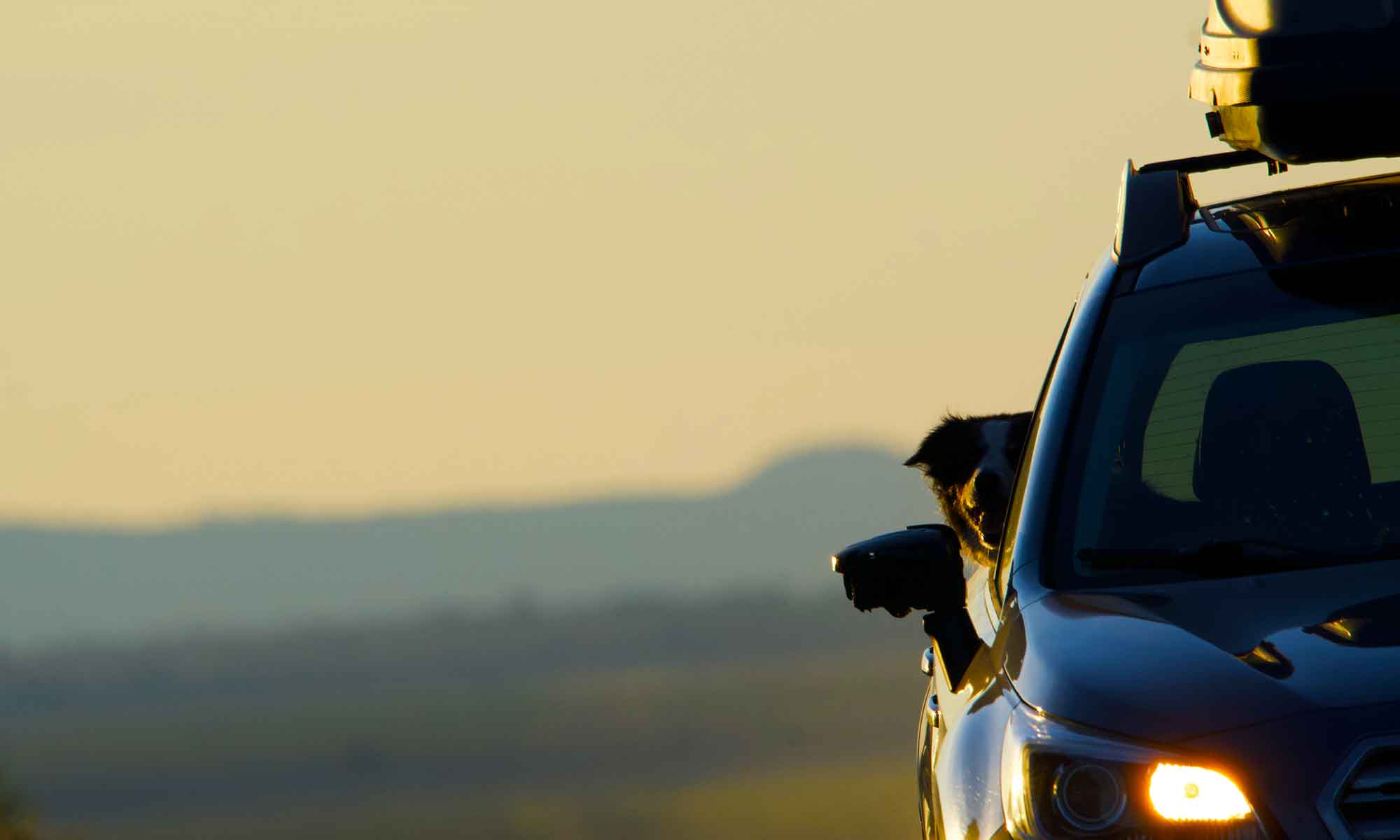
The days are getting shorter, mornings colder and thin streaks of yellow and red are starting to line the hillsides.
Central Oregon is mostly pine forests and high desert sage, but river banks offer great places to find fall colors.

This week we headed to Camp Sherman on the Metolius River.

 From the point it bubbles out of the earth on the northern edge of Black Butte until it drops into Lake Billy Chinook it’s banks are lined with willow, maple and aspen.
From the point it bubbles out of the earth on the northern edge of Black Butte until it drops into Lake Billy Chinook it’s banks are lined with willow, maple and aspen.
Fall frosts have just started but the foliage is already putting on a show.
In addition to the fall show, we’re scouting fishing spots. The Metolius offers great fly-fishing only water, though it’s fish are very finicky. We’ve been to camp sites further downriver, but today we’ll explore closer to the headwaters.
A narrow road parallels the river from just below the springs to a couple miles up from the tiny village of Camp Sherman.

There are half a dozen camp grounds and many more pull offs that allow access to the river. A well maintained foot path also runs the entire length of the stream.

Pine trees filter the warm fall sun creating photo op patches of light. Today the camp sites are tagged with reserved signage, however, in a few weeks the crowds will thin and the fishing will be good as will the views.














































 The gray haze and lack of wind created some really cool conditions on the water at Summer Lake Wildlife Refuge.
The gray haze and lack of wind created some really cool conditions on the water at Summer Lake Wildlife Refuge.







 We stopped at a new stand, Pearls Place. There you can pick up
We stopped at a new stand, Pearls Place. There you can pick up 




